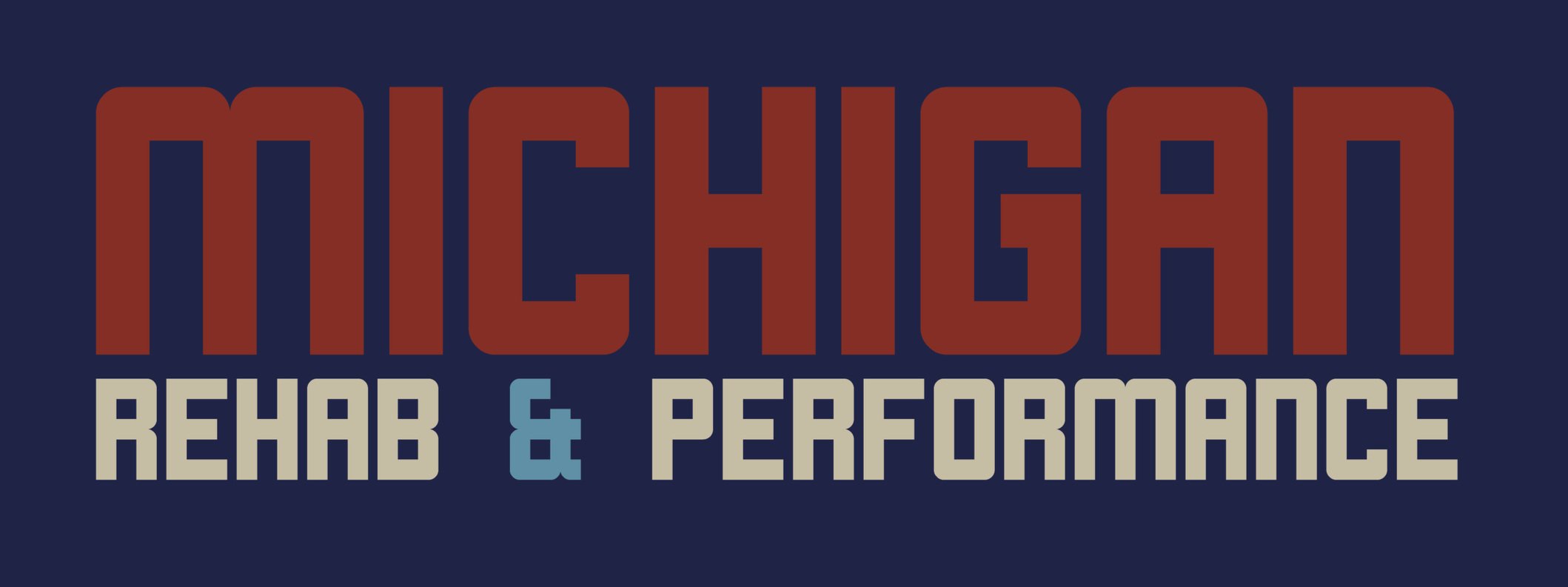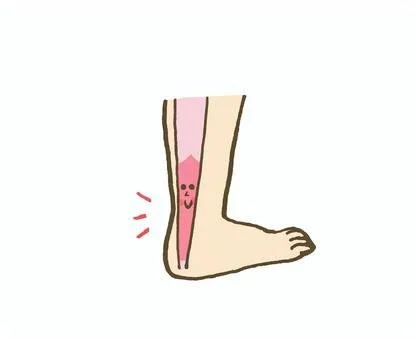If you're struggling to hit full squat depth or noticing tightness in your ankles during training, you're not alone. Limited ankle mobility is one of the most common — and most fixable — barriers to better squats. In this post, we'll break down five of the best ankle mobility drills to help you improve your squat depth, enhance your performance, and reduce your risk of injury. Whether you're a lifter, CrossFit athlete, or just looking to move better, these exercises will make a noticeable difference.
Read MoreIf you're a fitness athlete recovering from a hamstring strain, smart rehab is key to getting back to performance without setbacks. Early rehab should avoid static stretching and total rest, instead focusing on isometric strength and neural mobility drills. A progressive, sport-specific approach helps rebuild stronger, more resilient hamstrings.
Read MoreDiscover why cash-based physical therapy offers better outcomes, personalized care, and cost-effective treatment without insurance restrictions.
Read MoreCortisone injections may offer quick pain relief, but they often fail to address the root cause and can lead to tissue weakening, cartilage damage, and other long-term risks. In contrast, physical therapy provides a safer, more comprehensive solution by targeting the source of pain, improving mobility, and empowering patients through education. Rather than masking symptoms, PT promotes true recovery and lasting results.
Read MoreFor athletes pushing their limits, sleep and recovery are the secret weapons for peak performance and long-term success. Quality rest repairs muscles, sharpens focus, and prevents injury, while recovery practices like active rest and stress management ensure you're ready to train hard and compete harder. Prioritizing both isn’t just smart—it’s essential for unlocking your full athletic potential.
Read MoreProtein is essential for athletes aiming to maximize performance, recovery, and muscle repair. Whether you’re lifting heavy, logging miles, or playing high-intensity sports, getting enough high-quality protein throughout the day—especially post-workout—helps your body rebuild stronger and stay resilient. Tailoring your intake to your sport and goals is a game-changer in reaching peak performance.
Read MoreCreatine is one of the most researched and effective supplements for athletes, enhancing strength, power, and recovery by fueling high-intensity efforts and supporting muscle repair. Whether you're lifting, sprinting, or competing in team sports, just 3–5 grams of creatine monohydrate daily can help you train harder and bounce back faster. Safe, affordable, and backed by science, creatine is a no-brainer for athletes looking to level up performance.
Read MoreAchilles tendinopathy is a common condition in athletes—especially runners and field sport players—caused by structural changes in the tendon due to factors like poor mechanics, recovery, or training load. Symptoms often include pain during activity (not rest), morning stiffness, and tenderness along the tendon, with pain typically classified as either mid-portion (non-insertional) or where the tendon meets the heel bone (insertional). Knowing the type of Achilles pain you’re dealing with is key to effective treatment and avoiding further strain.
Read More







